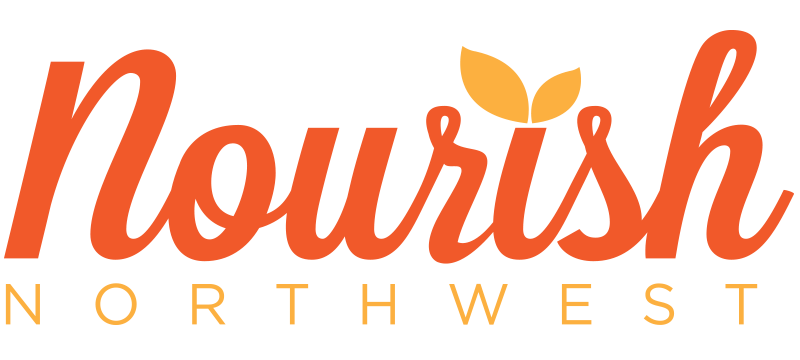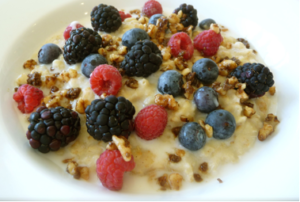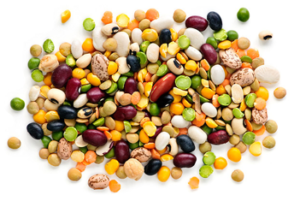All About Fiber
Guest post by Sophia Worgan, Nutrition Intern & Cooking Class Assistant
Fiber: that which binds us, nourishes us and keeps us regular. We are told to eat it, hear about how important it is but often times people find themselves lost by all the jargon: soluble, insoluble, viscous and non-viscous. What types should you eat and how much? This week we dive into the benefits, types and how much fiber you should be eating to maintain your health.
Recommendations for a healthy diet include about 25 grams of fiber for women and 35 grams for men (generally). Within the typical standard American diet, however, fiber intake is exceedingly low.
Fiber is an incredibly beneficial component to our diets as humans. It propels digestion, detoxification, blood sugar and weight regulation in the body. Increasing your fiber load can reduce your risk for cardiovascular disease, diabetes, high blood pressure and ulcers as well as many other diet related disorders.
Sounds pretty amazing, right? But what type of fiber should you be eating? Ideally, a balance between soluble and insoluble.
The difference between the different types of fiber is all in the name, basically soluble fiber is water-soluble and insoluble is not. Soluble fiber has a gel like substance in water and it can help to reduce blood sugar spikes. Insoluble fiber passes though the intestines and acts as a bulking agent, aiding in the passage of food and waste through the body.
When you’re consuming a lot of insoluble fiber from grains, cruciferous vegetables and roughage, you want to up your water intake. The inclusion of insoluble fiber without water often causes those uncomfortable cramps often associated with a higher fiber diet.
There are other types of fiber within the soluble fiber category called viscous and non-viscous. These fibers are gelatinous, like pectin in fruit, and form a gel like substance in the gut that slows digestion and reduces appetite.
Lastly, there is a fiber considered a fermentable fiber- also known as prebiotics. This type of fiber, found in asparagus and onion, feeds the healthy microbes in your intestines and keeps your digestive tract happy.
Each fiber type plays a key role in digestion and nutritional support so its important to include all types. For breakfast, try a bowl of oatmeal with wild berries or green smoothie with avocado to aim for about 5 grams of fiber. For lunch, try a bean soup or a veggie sandwich on whole wheat bread. When it comes to dinner, aim for roasted cruciferous veggies, ancient grain or beans on the side of your main course to help meet your fiber goal.
So go forth and fiber on!



